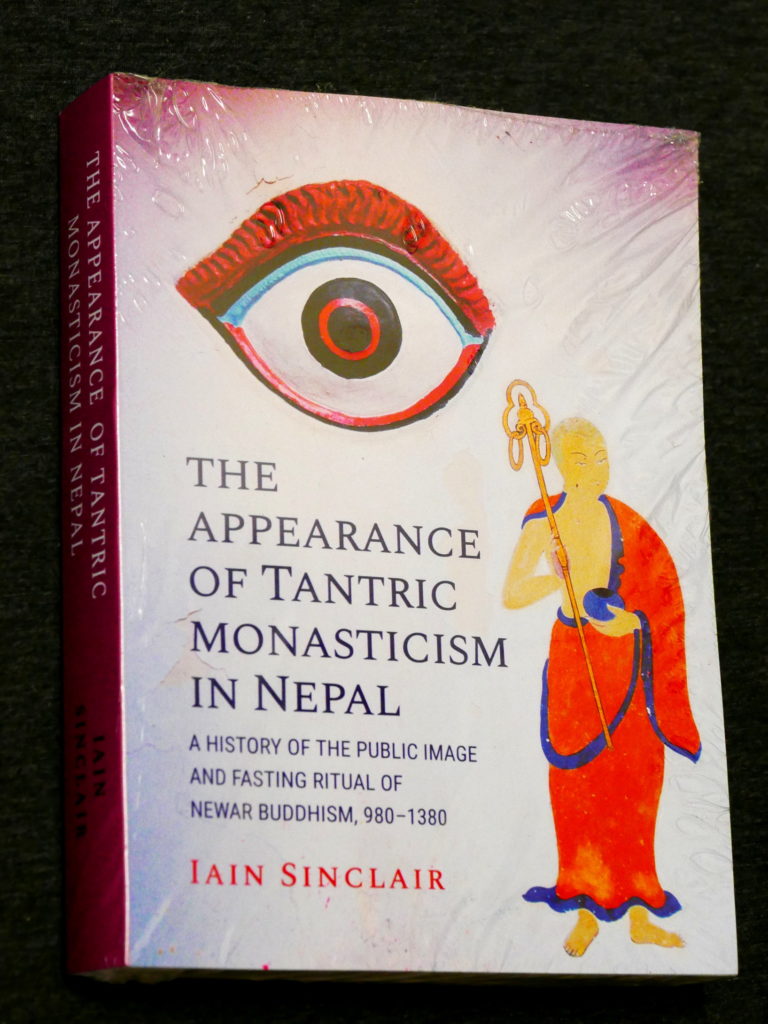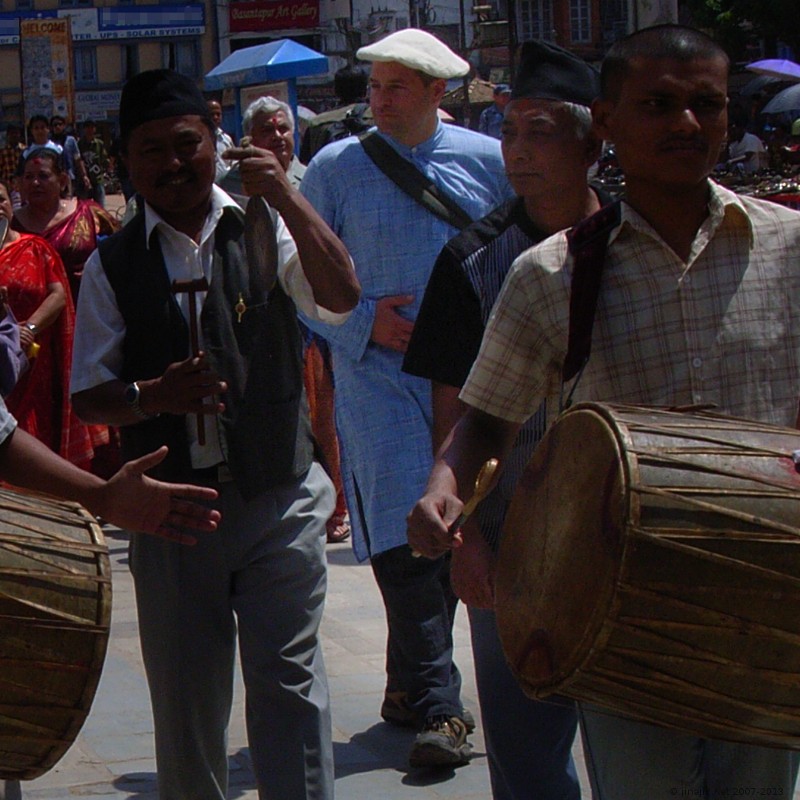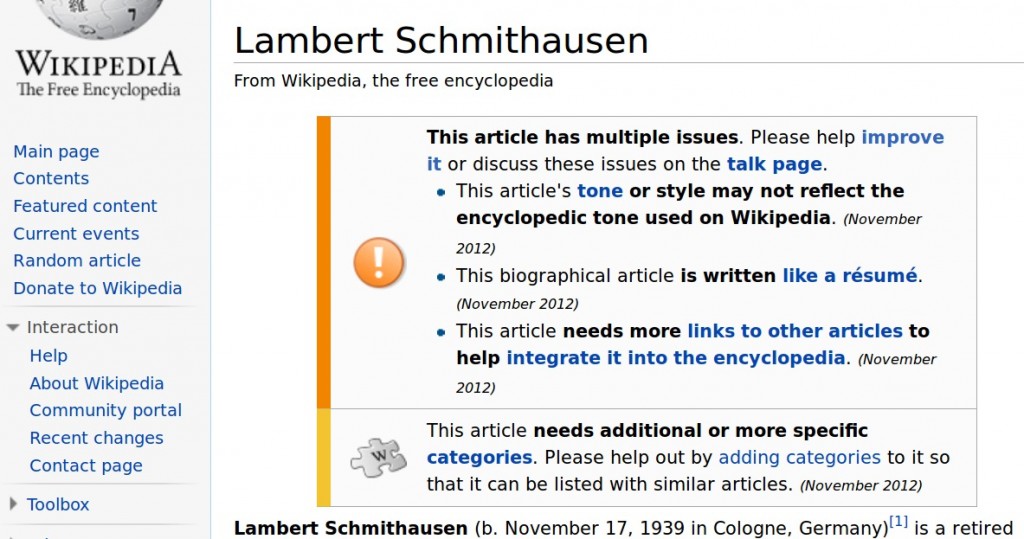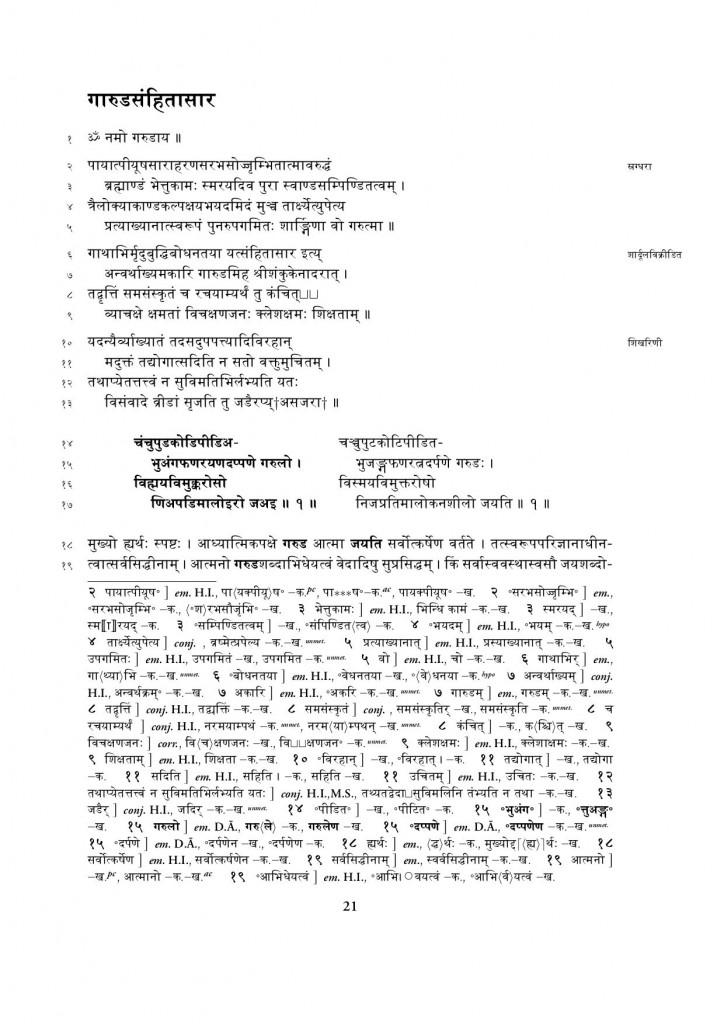Vincenzo Vergiani et al, eds. December 2017. Indic Manuscript Cultures through the Ages. Material, Textual, and Historical Investigations. Berlin, Boston: De Gruyter. Studies in Manuscript Cultures 14. ISBN 978-3-11-054310-0. doi:10.1515/9783110543100 [PDFs 🔓]
Sinclair (2016), The appearance of tantric monasticism in Nepal
 Iain Sinclair. 2016. ‘The appearance of tantric monasticism in Nepal: a history of the public image and fasting ritual of Newar Buddhism, 980-1380’. Monash University, Melbourne: PhD diss. 418 pp., 90 illustrations, 27 tables. DOI:10.4225/03/58ab8cadcf152
Iain Sinclair. 2016. ‘The appearance of tantric monasticism in Nepal: a history of the public image and fasting ritual of Newar Buddhism, 980-1380’. Monash University, Melbourne: PhD diss. 418 pp., 90 illustrations, 27 tables. DOI:10.4225/03/58ab8cadcf152
Contents
Continue reading “Sinclair (2016), The appearance of tantric monasticism in Nepal”
Slouber (2017), Early Tantric Medicine
Michael Slouber. 2017. Early Tantric Medicine. Snakebite, Mantras, and Healing in the Gāruḍa Tantras. Oxford University Press. 392 pp. ISBN: 9780190461812. [official site] [OCLC: 931476268]
Author website: garudam.info
Note: A revised version of the author’s 2012 UC Berkeley dissertation.
Bellezza, ‘Death and Beyond in Ancient Tibet’ (2013)
John Vincent Bellezza. Death and Beyond in Ancient Tibet: Archaic Concepts and Practices in a Thousand-Year-Old Illuminated Funerary Manuscript and Old Tibetan Funerary Documents of Gathang Bumpa and Dunhuang. Denkschriften der philosophisch-historischen Klasse 454; Beiträge zur Kultur- und Geistesgeschichte Asiens 77. Vienna: Austrian Academy of Sciences Press, 2013 [official]. 292 pp. ISBN 978-3-7001-7433-2.

Wikipedia: Where lives dissolve into junk
Why complain about Wikipedia? Its output speaks for itself:

Szántó, Selected Chapters from the Catuṣpīṭhatantra (2012)
Required reading for tantric studies specialists:
Péter-Dániel Szántó. ‘Selected Chapters from the Catuṣpīṭhatantra’. Vol.1: Introductory study with the annotated translation of selected chapters. Vol. 2: Appendix volume with critical editions of selected chapters accompanied by Bhavabhaṭṭa’s commentary and a bibliography. D. Phil. diss., Oxford University, December 16 2012. Viewable at academia.edu [v.1, 2].
Kickstart Michael Slouber’s dissertation to book
Michael Slouber is doing some of the most interesting work in tantric studies today. His PhD-to-book Kickstarter runs until the first week of June: http://www.kickstarter.com/projects/1326752800/tantric-medicine.
I can commend the future book solely on the basis of Dr Slouber’s freely available and superbly typeset (see below) Hamburg M.A. thesis. I’m not yet sure that I’ll commit, though. On the one hand, I can’t condone the parading of indebtedness that is at epidemic levels in the West; on the other hand, there is something to be said for a social network that encourages dānapāramitā more than keeping up with the Joneses. It’s also nice that at least one or two people with tenure have committed funds together with the much more numerous impoverished students and recent graduates.

Karashima, ‘Was the Aṣṭasāhasrikā composed in Gāndhārī?’ (2013)
Seishi Karashima. ‘Was the Aṣṭasāhasrikā Prajñāpāramitā Compiled in Gandhāra in Gāndhārī?’ Annual Report of the International Research Institute for Advanced Buddhology (ARIRIAB) at Soka University for the Academic Year 2012, vol.XVI, 2013, pp.171–188. [PDF]
This is a remarkable piece of detective work and a milestone in the study of the Mahāyāna, whether or not one thinks (as I do) that Prof. Karashima’s theory nails it. Karashima’s many years of lexicographical toil seem to have finally paid off: the earliest Chinese phonetic transcriptions from the Aṣṭasāhasrikā agree most fully with the newly found Gāndhārī fragments (for which see also Strauch 2007). And that, moreover, is merely one of many compelling indicators pointing to the composition of the text in Gandhāra.
One minor comment: the image of Dharmodgata discovering the Prajñāpāramitā written on gold plates vilīnena vaidūryeṇa — in “melted” lapis, according to Karashima (p.181) — sounds excessively fantastic. The reference is to lapis lazuli pigment, well known to medievalists as ultramarine, ‘beyond the sea’ — i.e., from Afghanistan.
Kragh ed., The Buddhist Yogācārabhūmi Treatise (2013)
Ulrich Timme Kragh (ed.) The Foundation for Yoga Practitioners: The Buddhist Yogācārabhūmi Treatise and Its Adaptation in India, East Asia, and Tibet. Harvard Oriental Series 75. “Available 07/22/2013”. ISBN 9780674725430.
From the Summary
“The present edited volume, conceived by Geumgang University in South Korea, brings together the scholarship of thirty-four leading Buddhist specialists on the Yogācārabhūmi from across the globe. The essays elaborate the background and environment in which the Yogācārabhūmi was composed and redacted, provide a detailed summary of the work, raise fundamental and critical issues about the text, and reveal its reception history in India, China, and Tibet. The volume also provides a thorough survey of contemporary Western and Asian scholarship on the Yogācārabhūmi in particular and the Yogācāra tradition more broadly.”
(Contains, among others [updated, 2013-05-01]:
H. Sakuma 佐久間秀範, ‘Remarks on the Lineage of Indian Masters of the Yogācāra School: Maitreya, Asaṅga, and Vasubandhu’, pp.330–366.
M. Delhey, ‘The Yogācārabhūmi Corpus: Sources, Editions, Translations, and Reference Works’, pp.498–561.)
Emms, Two Mūlasarvāstivādin Vinaya Traditions (2012)
Christopher D. Emms. Evidence for Two Mūlasarvāstivādin Vinaya Traditions in the Gilgit Prātimokṣa-sūtras. M.A. thesis, McMaster University, 2012. 127 pp. Open Access Dissertations and Theses, Paper 7337. [URI/PDF]
From the abstract
The Sanskrit prātimokṣa-sūtras contained in the Gilgit Buddhist manuscripts have been identified as belonging to the Mūlasarvāstivāda school. However, the identification of these manuscripts as Mūlasarvāstivādin texts is problematic. A key factor for determining the school affiliation of a prātimokṣa is the rule order. The Gilgit prātimokṣa-sūtras, however, differ in their rule order. In this thesis, I explore the relationship of these Gilgit prātimokṣa-sūtras to Mūlasarvāstivādin literature. […] I argue that we have evidence for two distinct Mūlasarvāstivādin Vinaya traditions within the Gilgit prātimokṣa-sūtras.

